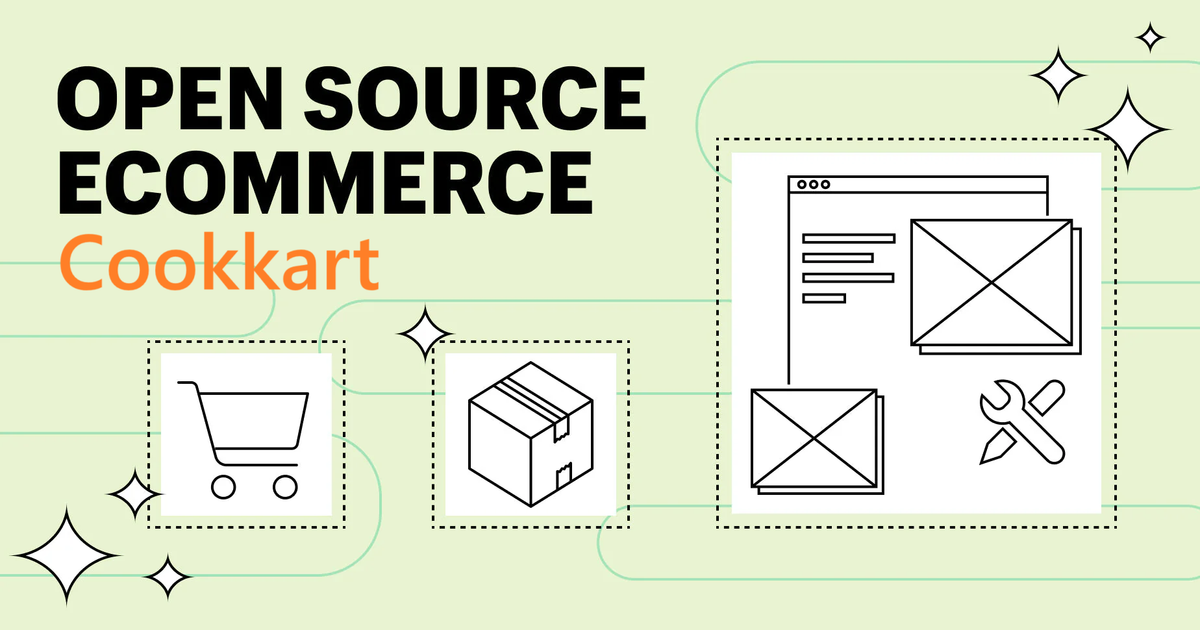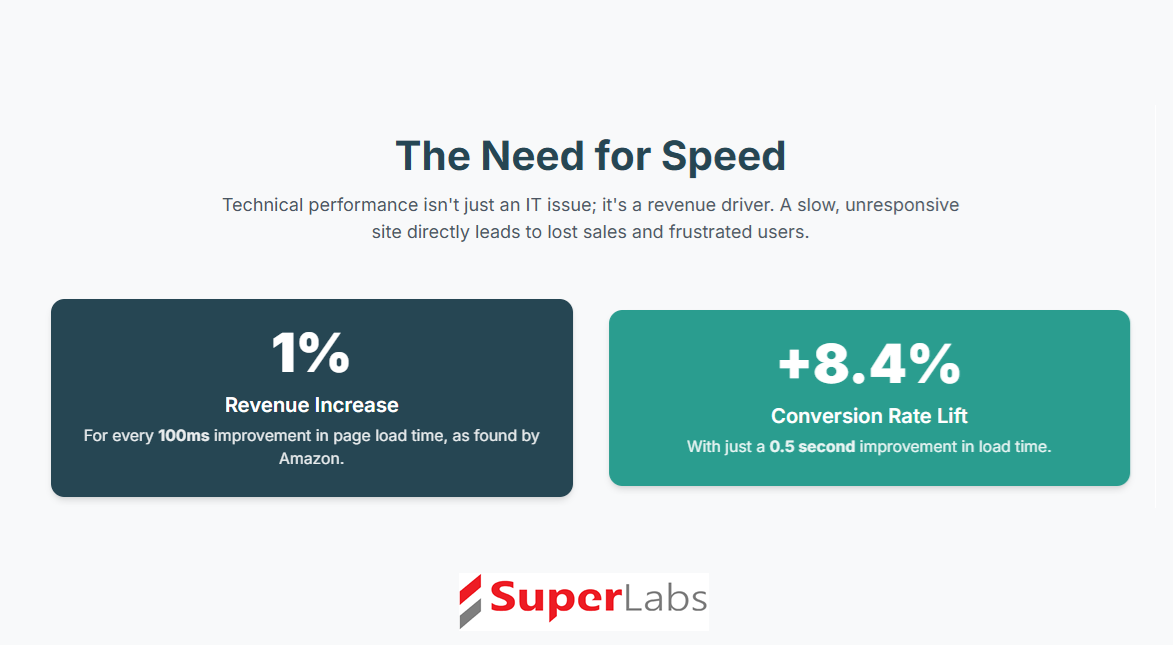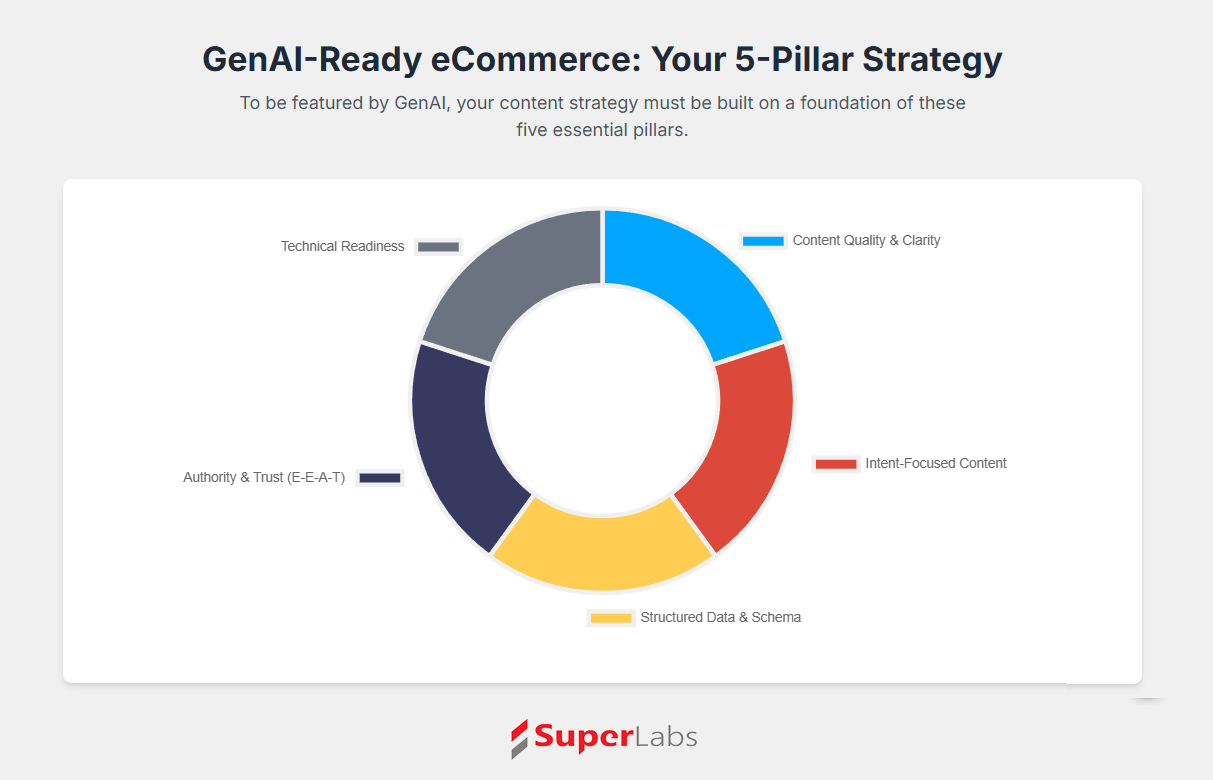Zero-Cost Tech Stack: Open Source for Rapid eComm growth - Cookkart
Explore open-source used by businesses and how this approach enables to build robust e-commerce platform.

Achieving Multi-Million Revenue with No Recurring Technology Cost
Cookkart's story of scaling from INR 0 to over INR 10,000,000 in three years with zero inventory cost is remarkable. Complementing this lean business model was an equally lean technology strategy: the exclusive adoption of open-source software to eliminate recurring technology costs. This case study explores the specific open-source components Cookkart likely utilized and how this approach enabled them to build a robust e-commerce platform without ongoing licensing or subscription fees, effectively removing a major financial barrier for a bootstrapped startup.
The Imperative of "No Recurring Cost"
For a startup like Cookkart, which began with virtually no capital, every expense was scrutinized. Recurring technology costs, such as monthly software subscriptions, platform licensing fees, or managed service charges, could quickly accumulate and drain precious resources. The "no recurring cost" imperative was not just about saving money; it was about ensuring:
- Financial Viability: Maintaining positive cash flow by minimizing outflows.
- Sustainability: Ensuring the business could operate and grow without being burdened by fixed, ongoing tech expenses regardless of sales volume.
- Flexibility: Avoiding vendor lock-in and having complete control over their technology stack.
This led Cookkart to embrace an end-to-end open-source solution.
Cookkart's Open-Source Technology Stack
Cookkart likely built its e-commerce platform using a combination of widely adopted and community-supported open-source software components. Here’s a breakdown of the probable stack:
1. E-commerce Platform: OpenCart
- Role: The primary storefront and administrative backend for managing products, orders, customers, and payments.
- Why Open Source: OpenCart is a free, PHP-based open-source e-commerce solution. It provided all essential e-commerce functionalities (product catalog, shopping cart, checkout, order management) out-of-the-box without any licensing fees. Its modular architecture allowed for feature expansion through free community-contributed extensions or custom development without recurring costs.
2. Operating System: Linux (e.g., Ubuntu, CentOS)
- Role: The foundational software running the web server.
- Why Open Source: Linux distributions like Ubuntu Server or CentOS are free to download, use, and modify. They offer stability, security, and a vast ecosystem of tools, making them the preferred choice for web servers. This eliminated expensive Windows Server licenses or proprietary Unix operating system costs.
3. Web Server: Apache HTTP Server or Nginx
- Role: Software that serves web pages to users' browsers.
- Why Open Source: Both Apache and Nginx are powerful, widely used, and free open-source web servers. They are highly efficient, configurable, and robust, capable of handling significant web traffic without any associated licensing fees.
4. Database Management System: MySQL or MariaDB
- Role: Storing all the website's data, including product information, customer details, order history, and configuration settings.
- Why Open Source: MySQL (and its community-driven fork, MariaDB) are popular open-source relational databases. They are free, performant, and reliable, offering the necessary data storage capabilities without recurring database software costs. OpenCart is inherently designed to work with MySQL.
5. Programming Language: PHP
- Role: The server-side scripting language in which OpenCart is primarily written.
- Why Open Source: PHP is a free, open-source scripting language widely used for web development. Its extensive community support and vast libraries made it a practical choice for developing and customizing the OpenCart platform.
6. Version Control System: Git
- Role: Managing changes to code, configurations, and templates, enabling collaboration and tracking of modifications.
- Why Open Source: Git is a free, distributed version control system. It's essential for any development, allowing developers to work efficiently, track changes, and revert to previous versions without any cost.
7. Development Environment & Tools
- Role: Tools used by developers for coding, testing, and deploying the application.
- Why Open Source/Free: Cookkart likely used free and open-source Integrated Development Environments (IDEs) like VS Code or Notepad++, along with command-line tools available on Linux, ensuring development itself incurred no software costs.
8. Analytics & Monitoring
- Role: Tracking website traffic, user behavior, and performance.
- Why Free/Open Source: While a basic Google Analytics setup provides powerful free web analytics, Cookkart could also explore open-source alternatives like Matomo (self-hosted) for complete data ownership, further minimizing external dependencies and costs. Initial monitoring might rely on free server monitoring tools available within Linux or basic cloud provider metrics.
Implementation Strategy for Zero Recurring Cost
Cookkart's ability to operate with no recurring technology cost was due to specific strategic choices in implementation:
- Self-Hosting or Minimal Cloud Resources: Instead of expensive managed e-commerce services (like Shopify, Magento Commerce Cloud), Cookkart likely opted for:
- Shared Hosting (Initial Phase): Extremely low-cost, basic hosting suitable for minimal traffic.
- Virtual Private Server (VPS): As traffic grew, migrating to a basic VPS provided more control and dedicated resources at a significantly lower cost than fully managed solutions. Cookkart's team would manage the server (installing Linux, Apache/Nginx, MySQL, PHP), thus incurring human effort but no software recurring cost.
- In-House Expertise (or Freelance): A core team member (or a dedicated freelancer) with basic Linux system administration, PHP, and MySQL knowledge would be essential to set up, configure, and maintain the open-source stack. This transforms a potential recurring software cost into a one-time setup cost or ongoing internal labor.
- Reliance on Community Support: Instead of purchasing expensive support contracts, Cookkart would leverage the vast online communities, forums, and documentation available for all these open-source technologies to troubleshoot issues and find solutions.
- Minimizing Paid Extensions/Themes: While OpenCart has a marketplace with paid extensions, Cookkart would prioritize free community extensions or develop simple custom code for specific needs, further reducing recurring costs.
- Strict Cost-Benefit Analysis: Every potential tool or service was evaluated not just on its features but also on its long-term cost implications, reinforcing the "no recurring cost" ethos.
Benefits of the Zero-Cost Open-Source Stack
This approach yielded significant advantages for Cookkart:
- Unmatched Cost Efficiency: The most obvious benefit was the elimination of recurring software licensing and subscription fees, which freed up capital for other critical areas like marketing, customer acquisition, and inventory (or lack thereof).
- Complete Control and Flexibility: Cookkart had full ownership and control over its entire technology stack. There was no vendor lock-in, allowing them to customize, modify, and optimize every component as needed without restrictions.
- Scalability on a Budget: The underlying open-source components (Linux, Apache, MySQL, PHP) are inherently scalable. As traffic increased, Cookkart could upgrade its server resources (e.g., move to a more powerful VPS or dedicated server) without incurring additional software costs.
- Security Through Transparency: The open-source nature of the software means its code is publicly auditable, allowing the community to identify and fix vulnerabilities quickly.
- Knowledge Transfer and Community: Relying on open-source technologies meant access to a global knowledge base and continuous innovation driven by the community.
Challenges and Mitigations
While highly beneficial, this strategy came with its own set of challenges:
- Technical Expertise Requirement: Setting up and maintaining an entirely open-source stack requires technical knowledge of Linux server administration, web servers, databases, and PHP.
- Mitigation: Cookkart likely invested in a technically capable founder or hired a cost-effective freelance developer for initial setup and ongoing maintenance. The investment was in human capital, not software.
- Time Investment: Manual setup and configuration of each component can be time-consuming compared to ready-to-use managed services.
- Mitigation: This was a trade-off for cost savings. The initial time investment paid off by eliminating future recurring expenses.
- Lack of Dedicated Support: Without paid support contracts, troubleshooting complex issues relies on community forums or internal expertise.
- Mitigation: Proactive monitoring, robust backup strategies, and reliance on reliable open-source communities.
- Security Updates and Patching: The responsibility for applying security patches and updates rested entirely with Cookkart.
- Mitigation: Establishing a routine for monitoring security advisories and applying updates promptly.
Conclusion
Cookkart's journey from INR 0 to over INR 10,000,000 in revenue stands as a powerful testament to the viability of a "zero recurring technology cost" strategy powered by open-source solutions. By meticulously selecting and implementing components like OpenCart, Linux, Apache, MySQL, and PHP, Cookkart successfully built a scalable, robust, and financially sustainable e-commerce platform. This approach not only removed critical financial barriers but also granted them the agility and control necessary to thrive in a competitive market, proving that significant business success can be achieved through strategic resourcefulness and the intelligent leverage of free, community-driven innovation.


